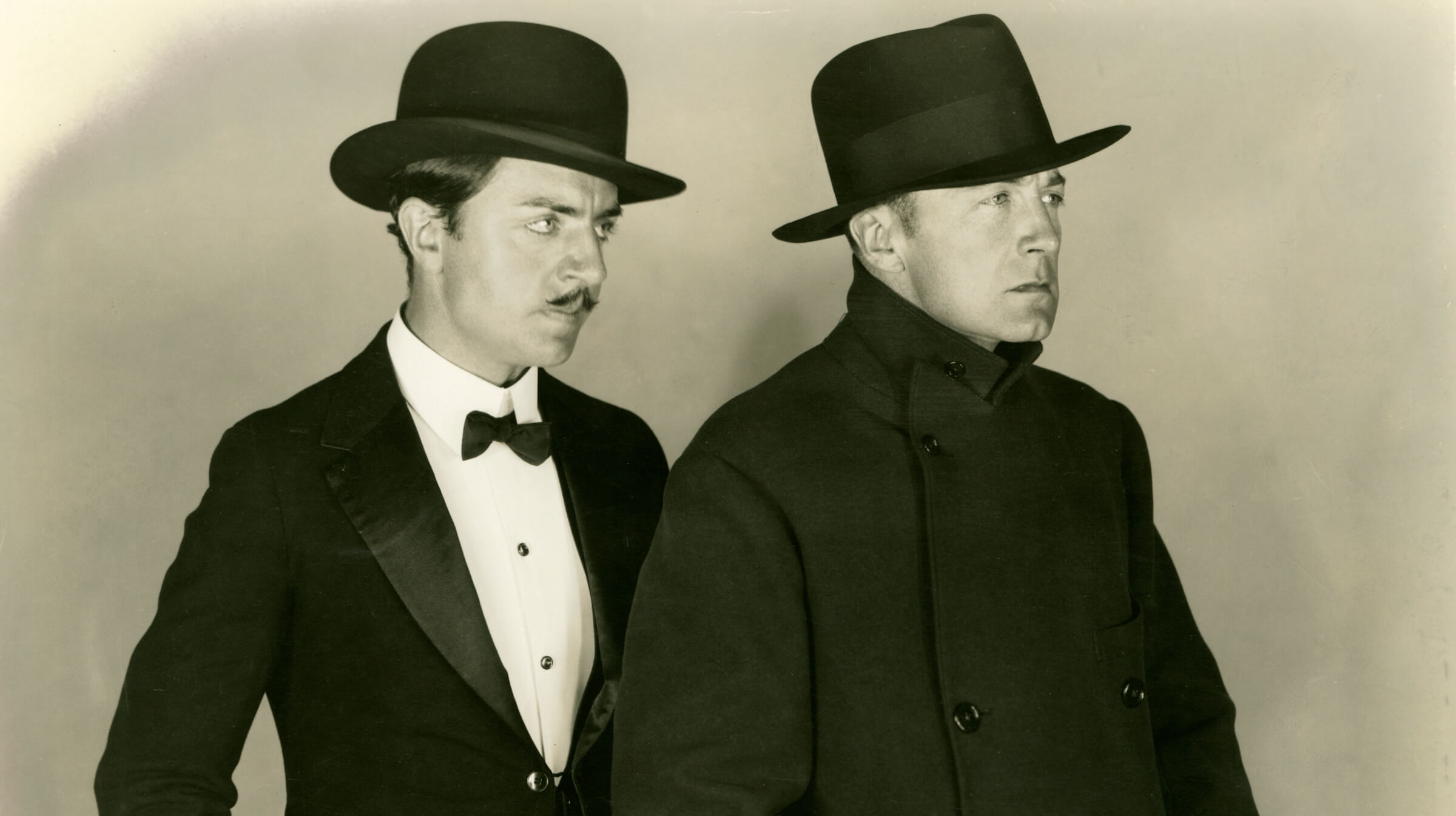This historical reprint was published in conjunction with the screening of Forgotten Faces at A Day of Silents 2023
Except where cuts are used to increase tempo, there should be as few of them in a picture as possible. That is something so obvious that it always should have been part of the directors’ creed, but it is only during the past few months that I have noticed anydistinct evidence indicating that those who make pictures are beginning to realize it. In some situations either thedramatic or comedy effect is heightened by quick cuts from one character to another, but such a situation does not arise once in a score of pictures. In all other cases where it is possible a pan or a traveling shot should be used in order that the eye of the audience can move smoothly with the lens and not be taxed by the jerk that always comes with a cut. Care will have to be exercised in grouping for these moving shots or considerable footage will be taken up with walls, spaces or whatever else is in between two characters when the camera moves from one to the other. Meanwhile it is interesting to note the progress that is being made towards the elimination of unnecessary cuts. In his latest picture, Forgotten Faces—a very good picture, by the way—Victor Schertzinger, by his method of handling one scene, avoids the use of cuts, inserts and titles. We see Clive Brook being arrested for murder. Next we see him in jail. We need to know how long he has been there, and what has hap- pened to his baby who was about one year old when he was arrested. How are you going to put over all that without cuts, inserts or titles? When we discovered Brook in jail he is facing the camera, gazing at something in his hand. The camera moves around behind him without a cut and we look over his shoulder and see that he is looking at a photograph of his baby. From an envelope he draws one photograph after another,each showing the daughter’s progress from babyhood to maturity. It is an effective scene and tells a whole story in itself without one break inthe photography. All the way through his picture Schertzinger shows a refreshing disregard for most of the traditions that have been hampering screen art. Brook has the leading role, but we are not told what his name is or who he is. We learn from spoken titles that William Powell plays a character called “Froggy,” but we don’t know where he comes from or where he goes to. There are no introductions in the entire picture, and no footage is devoted to telling us anything that we do not need to know. Victor’s direction brings out all the pictorial value of the scenes and the dramatic quality of the story, and would have been flawless if he had averaged his performances more evenly between too much repression and too much animation. This is purely a technical complaint, however, as neither sin is committed so flagrantly as to lessen the entertainment value of the gripping but human story that the director has told on the screen with admirable directness, feeling and force. It is one of the best pictures that have come from the Paramount lot this year. The value to a picture of casting real artists in small parts is in evidence here. There is a brief scene in which Hedda Hopper finds Brook’s baby on her door-step. We do not see Miss Hopper again, but when the picture is over we remember that sweetness, the tenderness and the mother love that she puts into her one shortappearance on the screen. Crauford Kent appears but for a moment as a butler, but during that moment makes his bit so convincing and real that it is a considerable con- tribution to the sincerity of the production. Brook is too repressed. I do not know how the public will take it, but I think he has carried his impassiveness just one performance too far. There is no screen entertainment in a man who can light a cigarette or commit murder without a change of expression. Baclanova—no other name on the screen—shows a tendency to go too far in the other direction. If there be any truth in the report that Paramount is grooming her to succeed Pola Negri, I would like to suggest timidly that it will be time wasted. Miss Baclanova is a superb actress, but she does not possess the quality out of which stars are made Forgotten Faces is a picture that I can recommend unreservedly to all exhibitors. —W.B.
From the August 18, 1928, issue of The Film Spectator, written by the always opinionated, knowledgeable, and witty Welford Beaton. He was founder, publisher, and main voice of the biweekly from its inception in 1926 through 1931, when he redubbed it The Hollywood Spectator and took on a new associate, playwright Robert E. Sherwood, as well as a young writer, Dalton Trumbo. They immediately began sparring on its pages, with Beaton setting the bar early in their introduction to readers: “My only request to my associates was that they were to pan me on their pages when I write things they don’t like. Bob Sherwood, the base ingrate, has started it already.” But before all that, he gave his son, the teenaged Donald, a regular column titled, As They Appeal to a Youth, capsule film reviews expressing opinions as forthright as his father’s, often but not always in agreement with them. In his 1928 review of Forgotten Faces, the younger Beaton praised Schertzinger’s direction, too, but also singled out William Powell: “at last in a part worthy of his talents, [he] gives a perfect performance. I always have mentioned and always will mention that Powell is the cleverest heavy on the screen, and should be given bigger parts.”

